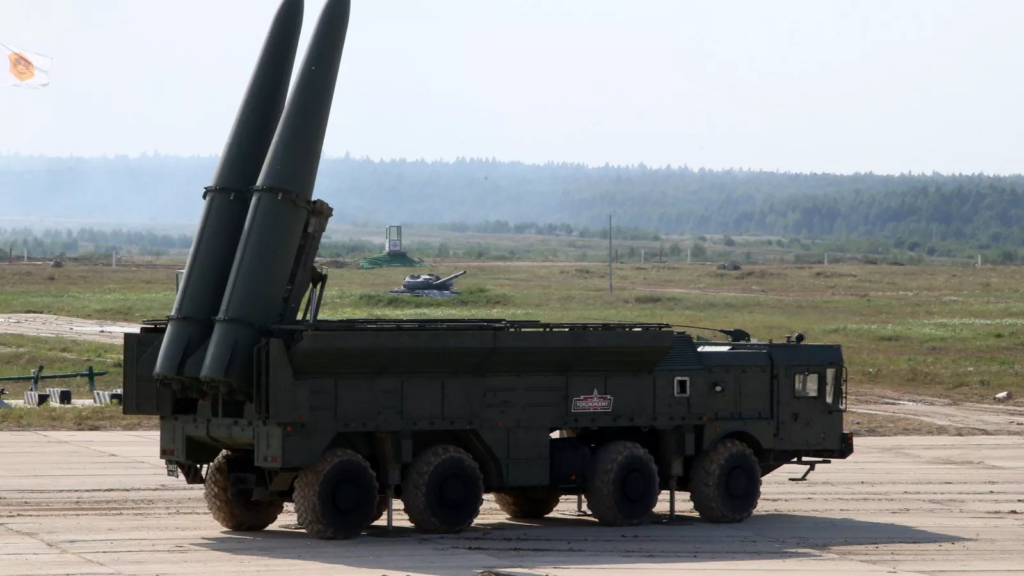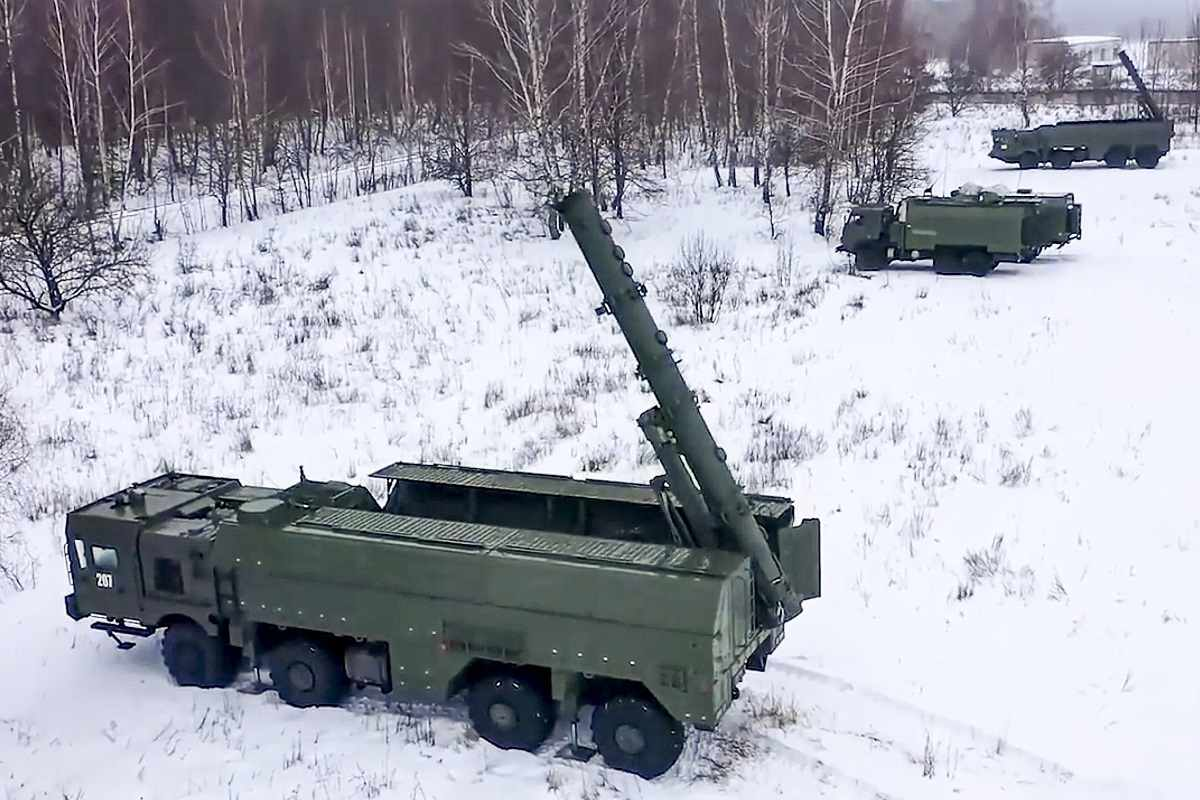Russia has continued its aggressive actions against Ukraine, and now there are growing concerns about the potential for a significant escalation as the winter months approach. Ukraine’s Foreign Minister, Andriy Sybiha, recently announced that Russia is planning strikes on critical nuclear facilities in Ukraine.
This alarming revelation has heightened fears of a nuclear disaster and prompted urgent calls for international intervention. According to Ukrainian intelligence, Russia’s preparations target critical components of Ukraine’s nuclear infrastructure, raising the stakes in an already devastating conflict.
The announcement has sparked immediate concern from Ukraine’s leadership, with Sybiha urging Ukraine’s allies and the U.N.’s nuclear watchdog, the International Atomic Energy Agency (IAEA), to take swift action.
The need for permanent monitoring missions at Ukrainian nuclear facilities has never been more pressing, especially as Russia continues its bombardment campaign on Ukraine’s infrastructure.
Russia’s Plan to Strike Ukraine’s Nuclear Facilities
Ukraine’s intelligence reports suggest that Russia is planning targeted strikes on critical elements of Ukraine’s nuclear energy infrastructure before the winter.
Russia is believed to be focusing on “open distribution devices at transmission substations,” which are vital for the safe operation of Ukraine’s nuclear facilities. By targeting these distribution systems, Russia could severely disrupt the nation’s power grid and increase the risk of a catastrophic nuclear event.
Russia: The Only Country Which is Part Of Two Continent, Asia And Europe
While the Ukrainian government has provided limited details about the potential strikes, the threat alone is alarming enough to prompt global concern.
The potential consequences of such an attack would be disastrous not only for Ukraine but for the wider region. If Russia’s attacks were to trigger a nuclear disaster, the effects could be felt far beyond the borders of Ukraine, impacting neighboring countries and global energy security.
Calls for Global Action
In response to this grave threat, Ukrainian officials have called for immediate global action. Andriy Yermak, the Ukrainian president’s chief of staff, issued a strong statement on Telegram, calling on the international community to act swiftly.
He warned that Russia’s preparations for an attack on nuclear facilities represent a clear and present danger that must be stopped. “This is preparation for a possible nuclear disaster scenario. Russia is a terrorist,” Yermak wrote, urging both the West and countries from the Global South to respond harshly to these threats.
Ukraine has consistently accused Russia of nuclear blackmail, particularly after the occupation of the Zaporizhzhia nuclear power plant, Europe’s largest, early in the invasion. Since then, both sides have exchanged accusations of shelling near the plant, raising fears of a nuclear accident.

The ongoing conflict around Ukraine’s energy infrastructure has made it clear that Russia’s willingness to endanger not only Ukraine but global safety is a serious issue.
International Response and the Role of the IAEA
The international response to Russia’s potential strikes on Ukrainian nuclear facilities has been swift, with many calling for increased monitoring and intervention.
The IAEA, led by Director General Rafael Grossi, has been actively involved in discussions with both Ukraine and Russia throughout the war, emphasizing the importance of protecting nuclear facilities.
Grossi has warned repeatedly about the risks of military actions near nuclear sites, stating, “It is always a risk when there is a possibility of an attack on a nuclear power plant.”
Despite the IAEA’s efforts, the agency has yet to respond to the latest claims of Russia’s plans to strike Ukraine’s nuclear facilities. Given the seriousness of the situation, the IAEA’s involvement in establishing permanent monitoring missions at these sites is seen as crucial.
Ukraine’s leadership has underscored the need for international observers to ensure the safety and security of their nuclear energy infrastructure, particularly as winter approaches and energy demands increase.
Russia’s history of targeting Ukraine’s energy infrastructure since the start of the invasion in 2022 has already resulted in widespread damage. The country’s thermal power capacity has been significantly reduced, and several dams have been struck.

However, until now, Russian forces have refrained from targeting nuclear facilities under Ukrainian control. The occupation of Zaporizhzhia has created a perilous situation, with repeated shelling near the plant causing power outages and increasing the risk of a nuclear accident.
The Risk of a Nuclear Disaster
As the situation escalates, the risk of a nuclear disaster in Ukraine grows more tangible. Any strike on nuclear facilities could have devastating consequences, not only for Ukraine but for the wider world. Power outages at nuclear plants can lead to dangerous situations where reactors lose cooling and control, increasing the likelihood of a catastrophic meltdown.
The potential for such a disaster is exacerbated by the ongoing conflict in the region, with both sides accusing each other of recklessly endangering the Zaporizhzhia plant.
The possibility of a deliberate strike on Ukrainian nuclear facilities by Russia is a chilling prospect, one that has prompted Ukraine to urgently seek global intervention. As the winter months approach and energy demands increase, Ukraine’s nuclear infrastructure becomes an even more critical target.
In the face of these growing threats, Ukraine continues to call on the international community to take decisive action. Ukraine’s intelligence reports about Russia’s intentions have triggered immediate concern, but there has yet to be a concrete response from Moscow or the IAEA.
With tensions running high and the risk of a nuclear disaster looming, it is imperative that the world takes these warnings seriously and works to prevent further escalation.
let’s enjoy few years on earth with peace and happiness….✍🏼🙏

